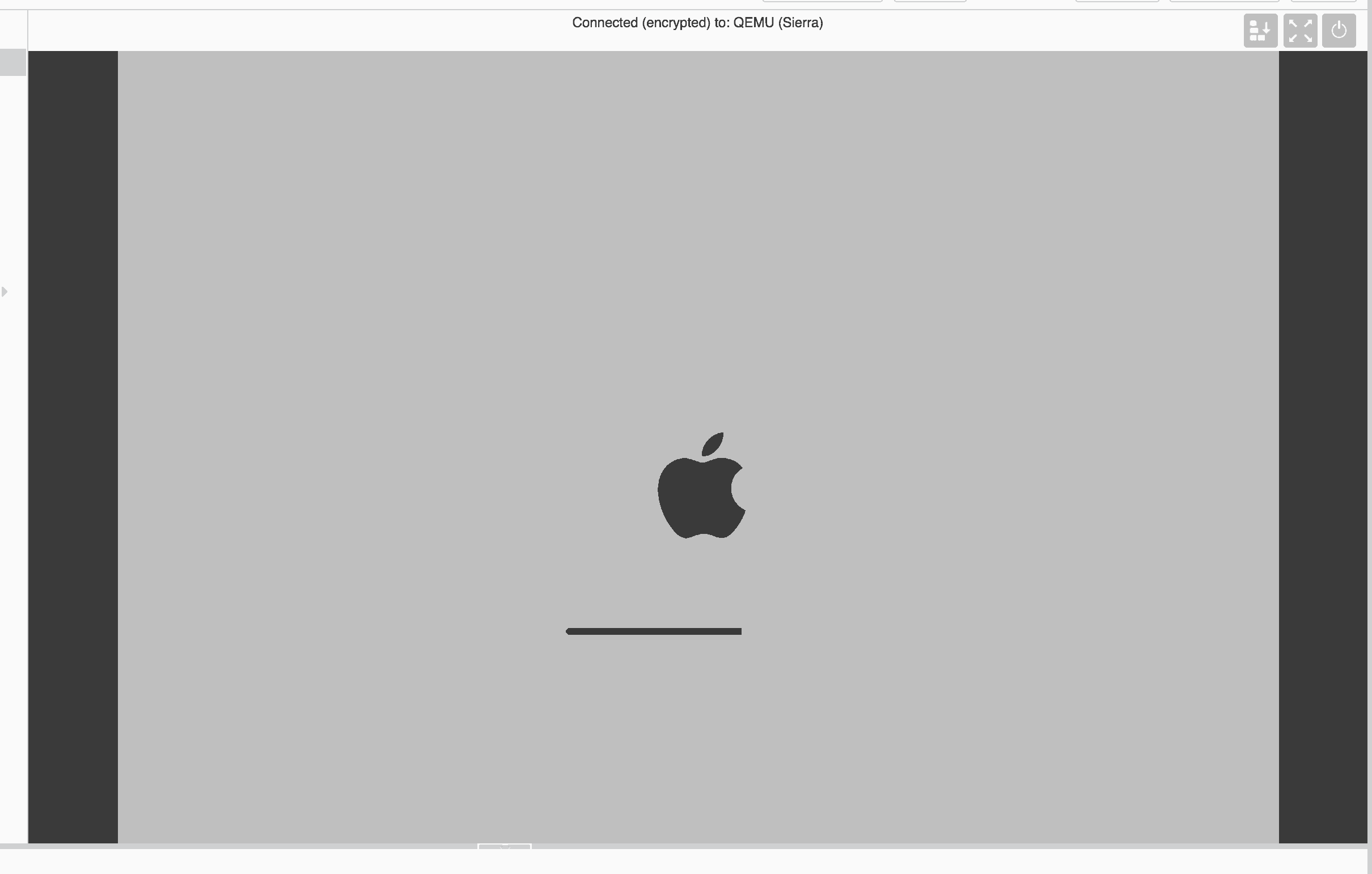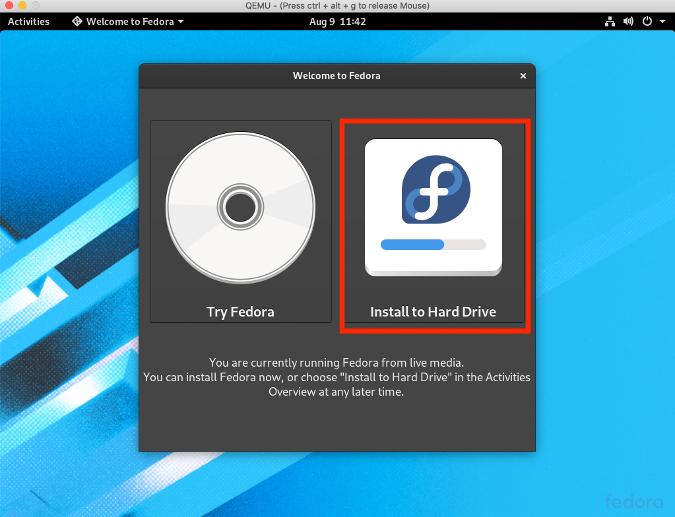
Push the Initialize button (this will erase the flash drive!)

Select "Mac OS Extended" as the file system type. If you don't see it, then open "Drive Setup", select your flash drive from the list. Once you are at the Mac OS 9 desktop you might now see the flash drive mounted. In the QEMU monitor you could see if the flash drive is being used by typing "info block".

So for example if your disk is called disk4s9 you would use /dev/disk4. Start your Mac OS 9 VM with these option: sudo -hdb /dev/. In the section called "Device:", note its name (mine was called disk4s9).Ĭlick on the "Unmount" button to unmount your flash drive from the host. It is only one use case that few people would ever have to deal with. The only situation this would not be ideal is when you are running a program that test an USB flash drive. It will give you access to your files in the form of an ATA hard drive on the guest. The second way is to use the UNIX device file of the USB flash drive. This seems the most direct way of accessing files but is really very hard to accomplish. The first way is to use the flash drive as an USB flash drive on the guest. Suggested command-line qemu-system-ppc -hda "Mac OS 9.2 HD.qcow2" -boot c -netdev user,id=mynet0 -device sungem,netdev=mynet0 -m 512 -rtc base=localtime -M mac99,via=pmuĪccessing a real USB flash drive from a guest like Mac OS 9 can be done in two ways. It was initially released in 1999 and discontinued in 2002. Mac OS 9 is the last of the "classic" Mac operating systems.



 0 kommentar(er)
0 kommentar(er)
